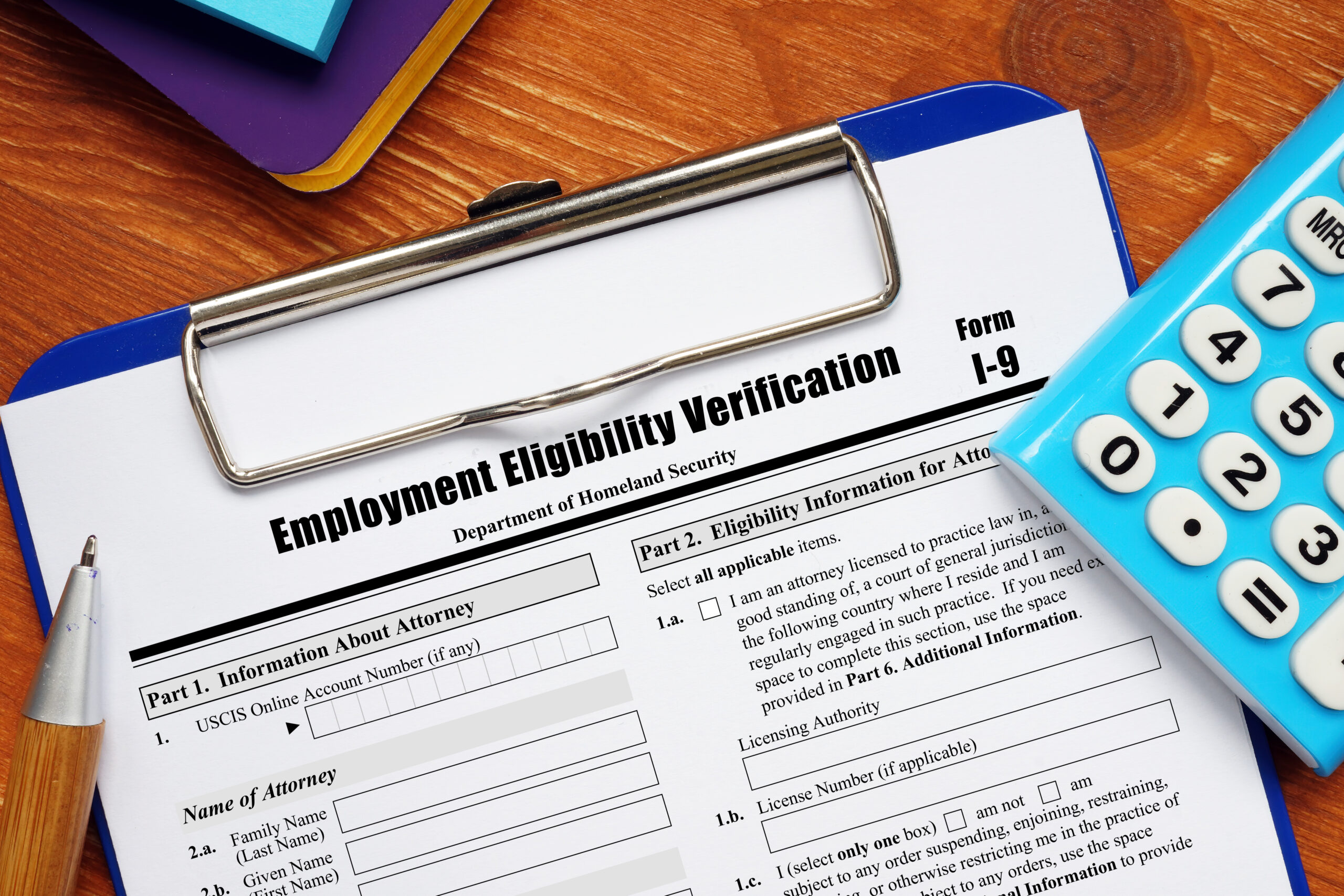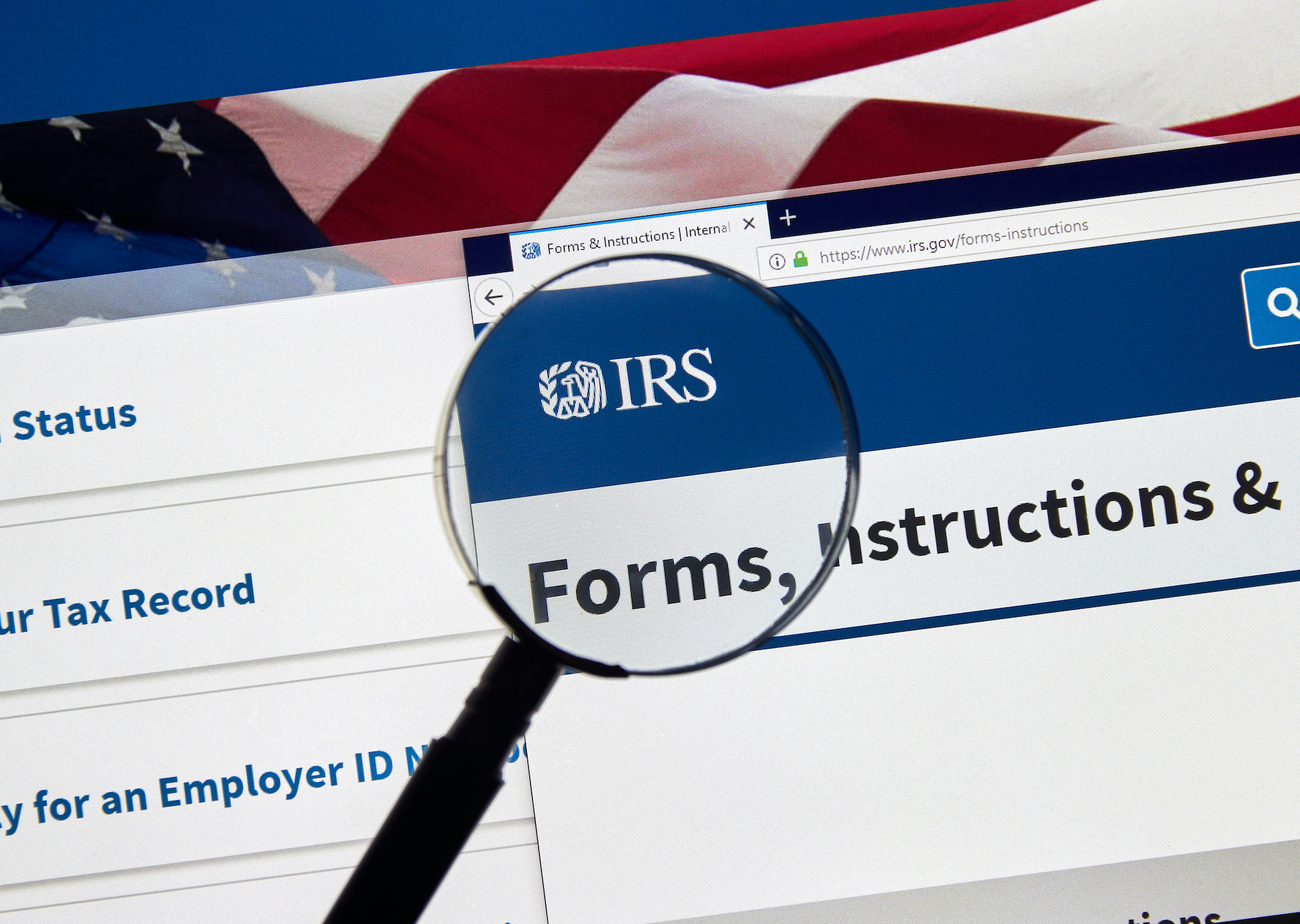Unlocking the potential of HR and admin teams is crucial for organizations to achieve mission-critical success. HR and admin departments are critical in streamlining administrative processes, empowering employees, enhancing engagement and satisfaction, leveraging technology, and measuring success.
This article will explore strategies to liberate HR and admin teams, enabling them to contribute strategically towards organizational goals.
Organizations in today’s fast-paced business environment recognize the importance of streamlining administrative processes to optimize efficiency. HR and admin teams can focus their time and energy on more strategic initiatives by eliminating unnecessary tasks and automating repetitive processes. This improves productivity and allows these teams to contribute towards mission-critical objectives that drive organizational success.
Additionally, by empowering HR and admin teams with the necessary tools and resources, organizations can unlock their full potential for strategic decision-making and problem-solving.
Furthermore, employee engagement and satisfaction are vital factors in achieving mission-critical success. HR professionals understand the significance of fostering a positive work environment where employees feel valued, supported, and motivated. HR managers can enhance employee engagement levels by guiding career development opportunities, implementing effective communication channels for feedback and recognition, and addressing employee concerns with empathy and compassion. Employees engaged and satisfied in their roles become more productive contributors toward achieving organizational objectives.
In conclusion, unlocking the potential of HR and admin teams is essential for organizations aiming for mission-critical success. Businesses can maximize their human capital contribution by streamlining administrative processes efficiently through automation while empowering these teams with tools for strategic decision-making. Furthermore, prioritizing employee engagement through supportive policies that address concerns empathetically while providing opportunities for growth or recognition enhances overall organizational productivity.
Through this article’s exploration of various strategies to liberate HR/admin personnel from mundane tasks into more impactful roles aligned with business goals, readers will gain insights into how they, too, may unleash the full potential of their workforce.
Streamlining Administrative Processes
Streamlining administrative processes is a crucial step toward optimizing efficiency and productivity in HR and admin teams, allowing them to focus on mission-critical tasks.
By simplifying and automating administrative tasks such as payroll processing, benefits administration, and time tracking, HR professionals can allocate more time and resources towards talent acquisition, employee retention, training and development, and implementing effective HR policies and procedures.
Streamlining administrative processes saves time and reduces the likelihood of errors or inconsistencies in HR operations.
Implementing efficient HR technology solutions can provide a centralized platform for managing employee data, facilitating seamless organizational communication. This allows HR professionals to access critical information quickly and easily, enabling them to make informed decisions regarding talent management strategies.
Moreover, by eliminating manual paperwork and repetitive administrative tasks through automation tools, HR teams can enhance their overall productivity while minimizing the risk of human error.
A streamlined approach to administrative processes empowers HR and admin teams to focus on strategic initiatives such as talent acquisition, employee retention, training, and development programs.
By leveraging technology solutions that centralize data management and automate routine tasks, organizations can optimize their HR functions while ensuring accuracy in policy implementation.
This enables HR professionals to create an efficient work environment that supports the organization’s mission-critical objectives and the well-being of its employees.
Empowering HR and Admin Teams for Strategic Initiatives
Empowering human resources and administration teams to engage in strategic initiatives is the key to driving organizational growth and success. By involving HR professionals in strategic decision-making processes, organizations can tap into their expertise and utilize their knowledge of employee engagement, workforce planning, HR analytics, employee relations, and organizational culture. This ensures that these critical aspects are considered when making strategic decisions and allows HR professionals to contribute valuable insights and perspectives that can enhance the overall effectiveness of the organization’s strategies.
To paint a picture for the audience, here are three specific ways in which empowering HR and admin teams for strategic initiatives can benefit an organization:
Improved Employee Engagement
When HR professionals are involved in strategic initiatives, they better understand employees’ needs and concerns. This enables them to implement strategies that improve employee engagement, satisfaction, and productivity. Organizations can boost morale and create a motivated workforce by prioritizing employee well-being and creating a positive work environment.
Effective Workforce Planning
With their knowledge of workforce planning techniques, HR professionals can help align business goals with human capital requirements. They can identify skill gaps within the organization, develop training programs to bridge them, recruit top talent to fill critical positions, and ensure succession planning is in place for key roles. This proactive approach helps organizations build a solid workforce to meet future challenges.
Data-driven Decision Making
Leveraging HR analytics allows organizations to make data-driven decisions related to talent management. By analyzing data on factors such as turnover rates, performance metrics, compensation benchmarks, or diversity statistics – among others – HR professionals can provide valuable insights that inform decision-makers about areas requiring improvement or opportunities for growth.
These practices empower HR and admin teams by recognizing their importance as stakeholders in shaping an organization’s strategy. It enables them to contribute their expertise towards achieving organizational objectives while ensuring employees’ needs are met through influential people management practices.
Enhancing Employee Engagement and Satisfaction
Enhancing employee engagement and satisfaction involves implementing strategies prioritizing employee well-being, creating a positive work environment, and boosting morale to foster a motivated workforce.
To achieve this, organizations can focus on various aspects such as performance management, compensation and benefits, succession planning, diversity and inclusion, and compliance with legal issues.
Performance management plays a crucial role in enhancing employee engagement. By setting clear goals, providing regular feedback, and recognizing employees’ achievements, organizations can create a sense of purpose and direction for their employees.
Additionally, offering competitive compensation packages and attractive benefits ensures fair treatment and demonstrates the organization’s commitment to valuing its employees’ contributions.
Succession planning is another essential aspect that can contribute to employee engagement by providing growth opportunities within the organization. By identifying potential leaders and developing their skills through training programs or mentorship initiatives, employees feel valued and motivated to perform at their best.
Moreover, fostering diversity and inclusion within the workplace enhances employee engagement by creating an inclusive environment where everyone feels respected and valued for their unique perspectives. Organizations prioritizing diversity benefit from increased creativity and demonstrate a commitment to fairness and equal opportunities for all employees.
Lastly, ensuring compliance with legal issues is essential for maintaining trust between employers and employees. By addressing legal concerns promptly while being transparent about policies and procedures, organizations can build a culture of trust where employees feel safe and supported.
Enhancing employee engagement involves prioritizing key areas such as performance management, compensation and benefits, succession planning, diversity inclusion, and compliance with legal issues. By focusing on these aspects strategically with attention to detail while adopting an empathetic approach toward employees’ concerns, organizations can create an environment that fosters motivation, satisfaction, and overall success among their workforce, ultimately leading to higher productivity and profitability.
Leveraging Technology for Efficiency and Productivity
Utilizing technology effectively can significantly improve operational efficiency and increase organizational productivity. By leveraging technology for HR and administrative tasks, companies can streamline processes and reduce manual effort, allowing employees to focus on more strategic initiatives.
To achieve this, organizations can implement the following measures:
Automating repetitive tasks
Technology automates time-consuming and repetitive HR and administrative tasks such as payroll processing, leave management, and document management. This reduces human error and frees up valuable time for HR professionals to concentrate on more critical matters.
Implementing self-service portals
Self-service portals empower employees to access and update their personal information, request time off, or view pay stubs independently without needing assistance from HR teams. This simplifies processes, improves data accuracy, and increases employee satisfaction by providing convenient tools to manage their needs.
Integrating systems
Integrating various HR software systems such as applicant tracking systems (ATS), performance management platforms, and learning management systems (LMS) allows for a seamless flow of information between different departments and eliminates duplicate data entry. This integration enhances communication among teams and ensures consistent data across multiple platforms.
Leveraging analytics
Technology provides advanced analytics capabilities that allow organizations to gain insights into workforce trends, identify areas of improvement in employee performance or engagement levels, and make informed decisions based on data-driven evidence.
By adopting these technological advancements in HR operations, organizations can unlock their potential for increased efficiency while empowering their employees with user-friendly tools that enhance their overall experience.
Measuring and Tracking Success in HR and Admin Operations
Measuring and tracking success in HR and admin operations is essential for evaluating organizational processes’ effectiveness and identifying improvement areas, ultimately driving greater efficiency and productivity.
By implementing key performance indicators (KPIs) and metrics, HR professionals can objectively assess the performance of their department or team. These metrics can include employee turnover rate, time-to-fill vacancies, training completion rates, and employee satisfaction scores. By regularly monitoring these metrics, HR professionals can identify trends and patterns that may indicate areas where improvements are needed.
In addition to measuring specific outcomes, tracking success in HR and admin operations also involves assessing the effectiveness of various strategies and initiatives implemented by the department. This includes evaluating the impact of recruitment methods, onboarding programs, performance management systems, and employee development initiatives.
Through data analysis and feedback collection mechanisms such as surveys or focus groups, HR professionals can gather valuable insights into the success or shortcomings of these strategies. This information enables them to make informed decisions about future interventions or adjustments to enhance overall operational effectiveness within the organization.
Ultimately, measuring and tracking success in HR and admin operations allows organizations to continuously improve their processes to support their employees’ needs while contributing to overall business goals.
How can streamlining administrative processes help in reducing costs and improving overall efficiency?
Streamlining administrative processes can reduce costs and improve efficiency by eliminating redundancies, automating tasks, and optimizing workflows. This leads to time and resource savings, increased productivity, and better allocation of resources for mission-critical activities.
What are some key strategies to empower HR and admin teams to contribute to strategic initiatives?
Key strategies to empower HR and admin teams to contribute to strategic initiatives include providing training and development opportunities, encouraging cross-functional collaboration, fostering innovation, establishing clear goals and expectations, and involving them in decision-making processes.
How can enhancing employee engagement and satisfaction lead to a more productive and successful organization?
Enhancing employee engagement and satisfaction can contribute to a more productive and successful organization by fostering a positive work environment, increasing motivation and commitment, improving job performance, reducing turnover rates, and promoting innovation and collaboration among employees.
What are some examples of technology tools that can be leveraged to improve efficiency and productivity in HR and admin operations?
Some examples of technology tools that can improve efficiency and productivity in HR and admin operations include HR management systems, employee self-service portals, document management software, and automated workflow systems.
What are some effective metrics and methods for measuring and tracking success in HR and admin operations?
Effective metrics and methods for measuring and tracking success in HR and admin operations include employee satisfaction surveys, turnover rates, cost per hire, time to fill vacancies, absenteeism rates, and compliance with policies and regulations.





